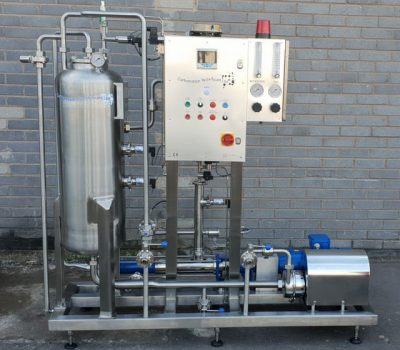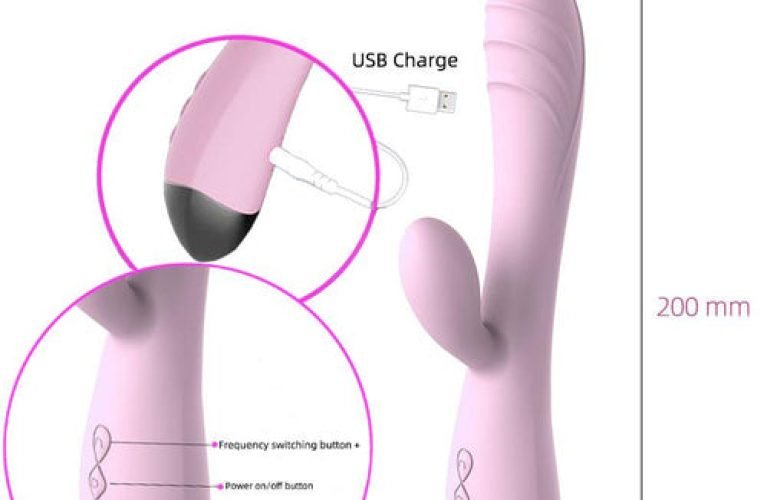
Untitled
In the realm of beverage creation and enhancement, the advent of carbonating machine has revolutionized the way we enjoy our drinks. The marriage of convenience and customization offered by these devices has elevated the experience of sipping on a refreshing beverage. Carbonating machines, commonly referred to as carbonator machines, have seamlessly integrated into our lives, providing a means to infuse carbon dioxide into various liquids, transforming them into effervescent delights. Let’s delve deeper into the world of carbonating machines, exploring their functionality, benefits, and impact on the beverage industry.
Understanding Carbonating Machines
Carbonating machines are innovative appliances designed to infuse carbon dioxide (CO2) into liquids, primarily water, to create carbonated beverages. These devices operate on a relatively straightforward principle: by pressurizing CO2 gas, it dissolves into the liquid, resulting in the characteristic fizziness associated with carbonated drinks.
The market offers a diverse range of carbonating machines, varying in size, capacity, and complexity. From countertop models suitable for home use to industrial-grade carbonators catering to large-scale beverage production, these machines cater to diverse consumer needs.
The Working Mechanism
At its core, a carbonator machine comprises a chamber for holding the liquid, a CO2 canister or cylinder, and a mechanism to pressurize and infuse the gas into the liquid. The process typically involves filling the chamber with the desired liquid, sealing it, and introducing CO2 gas under pressure. As the gas dissolves into the liquid, it becomes carbonated, creating bubbles and imbuing the beverage with its characteristic effervescence.
Benefits of Carbonating Machines
- Customization: One of the primary advantages of carbonating machines is the ability to tailor beverages to individual preferences. Users can control the level of carbonation, allowing them to create drinks ranging from lightly sparkling to intensely fizzy, satisfying a spectrum of tastes.
- Healthier Choices: By owning a carbonating machine, individuals can craft their carbonated beverages, enabling them to control the ingredients and avoid excessive sugars and artificial additives often found in store-bought sodas.
- Environmental Impact: Carbonating machines promote sustainability by reducing the consumption of single-use plastic bottles. Users can carbonate tap water or homemade beverages, minimizing the need for purchasing bottled drinks and subsequently reducing plastic waste.
- Cost-Efficiency: Over time, investing in a carbonating machine proves cost-effective compared to purchasing carbonated drinks regularly. By producing beverages at home, individuals can save money in the long run.
Impact on the Beverage Industry
The advent of carbonating machines has disrupted the traditional beverage industry in several ways:
- Consumer Preferences: With the increasing focus on health-conscious choices and personalization, consumers are gravitating towards homemade and customizable beverages. Carbonating machines cater perfectly to this shift in preferences, offering consumers the freedom to create their drinks according to their taste and dietary preferences.
- Innovation in Flavors: The popularity of carbonating machines has spurred innovation in flavor combinations. Individuals experiment with various fruits, herbs, and syrups to craft unique and refreshing beverages, opening doors to a multitude of flavor possibilities.
- Challenges for Commercial Brands: As homemade carbonated beverages gain traction, commercial soda brands face competition. However, some have embraced this trend by introducing DIY carbonation products or focusing on healthier beverage options to cater to evolving consumer demands.
Future Prospects
The evolution of carbonating machines continues to unfold, with advancements focusing on enhancing user experience, efficiency, and sustainability. Future iterations may incorporate smart technology, enabling connectivity to smartphones for precise control over carbonation levels and monitoring usage.
Moreover, sustainability remains a driving force, leading to innovations in CO2 cartridges and recyclable materials for machine components, further reducing the environmental footprint of these appliances.
Conclusion
The rise of carbonating machines has transformed the way we perceive and consume carbonated beverages. Their ability to offer customization, healthier options, and environmental sustainability has garnered widespread attention and adoption. As these devices continue to evolve, they are not just changing the way we enjoy fizzy drinks but also impacting the beverage industry at large, shaping consumer preferences and encouraging innovation in the creation of refreshing beverages. Whether for personal use or commercial applications, the carbonating machine stands as a symbol of convenience, customization, and the pursuit of a bubblier experience.











